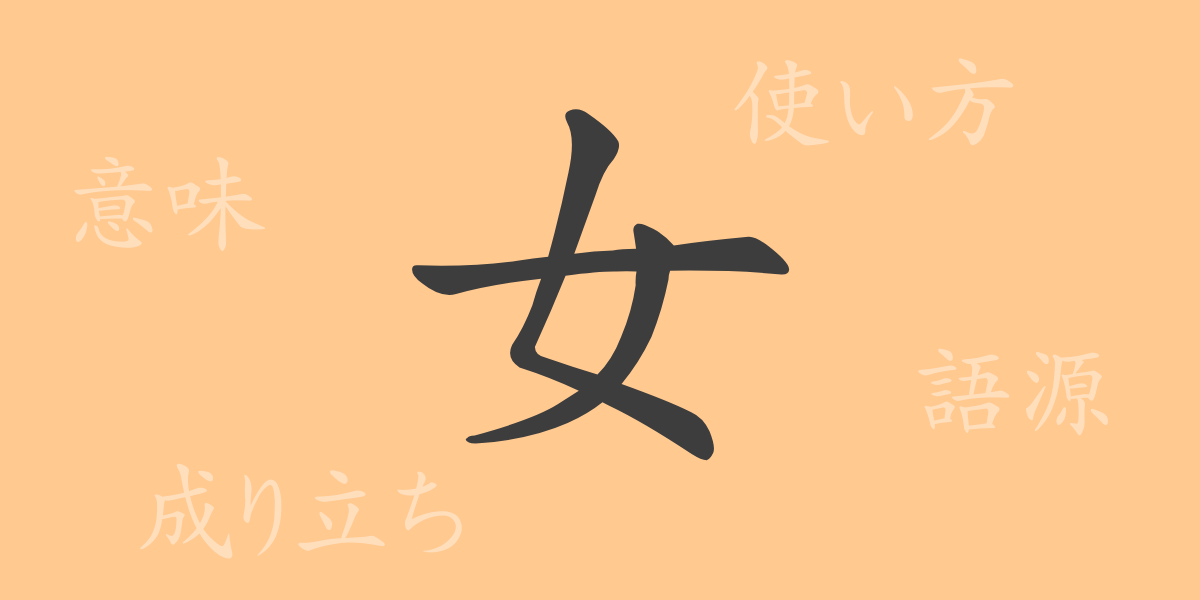The Kanji character ‘女’ (おんな), commonly used in Japanese, tells a story that extends beyond mere letters to reflect the role and status of women in Japanese culture. This article delves into the origins, meanings, and applications of ‘女’, exploring its profound significance through common phrases and idioms.
Origins of 女 (おんな)
The Kanji ‘女’ originated from ancient pictographs in China. Initially representing a woman sitting with crossed knees, it has evolved into the modern character ‘女’, symbolizing femininity and serving as a fundamental component in various Kanji characters related to women.
Meaning and Usage of 女 (おんな)
‘女’ fundamentally denotes a woman or femininity. It is primarily used to describe gender and forms part of many words related to female concepts. In comparative contexts, ‘女’ is often used alongside ‘男’ (おとこ – man) to denote sexual distinctions.
Readings, Stroke Count, and Radical of 女 (おんな)
Understanding ‘女’ involves knowing its readings, structure, and associated components:
- Readings: On’yomi ‘ジョ’, Kun’yomi ‘おんな’, ‘め’
- Stroke Count: ‘女’ consists of 3 strokes.
- Radical: The radical for ‘女’ is 女 (おんなへん).
Idioms, Phrases, and Proverbs Using 女 (おんな) and Their Meanings
‘女’ appears in numerous idioms and phrases that reflect its linguistic and cultural significance:
- ‘女性’ (じょせい) – Refers to women or the female gender.
- ‘女子’ (じょし) – Used to denote young girls or unmarried women.
- ‘女房’ (にょうぼう) – An archaic term for wife.
- ‘女心’ (おんなごころ) – The emotions or sentiments particular to women.
- ‘女手’ (おんなて) – Refers to handiwork by women or assistance from a woman.
- ‘女神’ (めがみ) – A term for a goddess or a revered woman.
- ‘女王’ (じょおう) – A queen or female leader.
These idioms and phrases are widely used in everyday conversation, literature, and even in business contexts.
Conclusion on 女 (おんな)
The Kanji ‘女’ not only represents women but also mirrors how they have been perceived and their evolving roles across history. Understanding the usage and idioms of ‘女’ in Japanese provides insights into the multifaceted aspects of women’s social status and helps deepen appreciation for the language’s nuanced portrayal of gender.

























